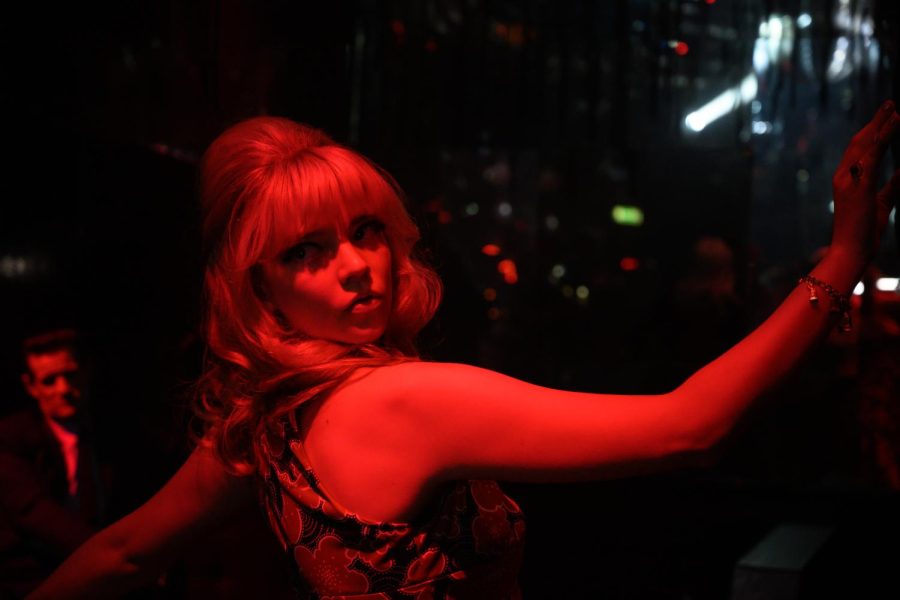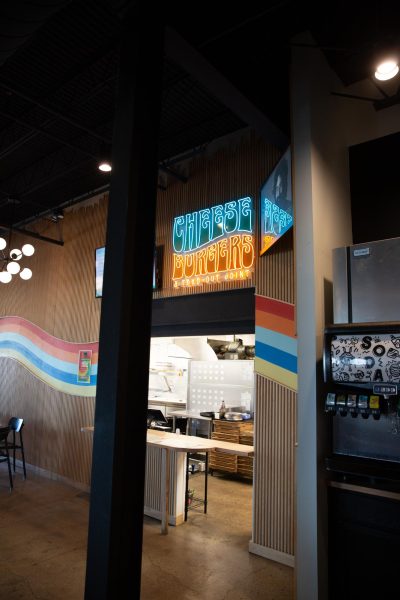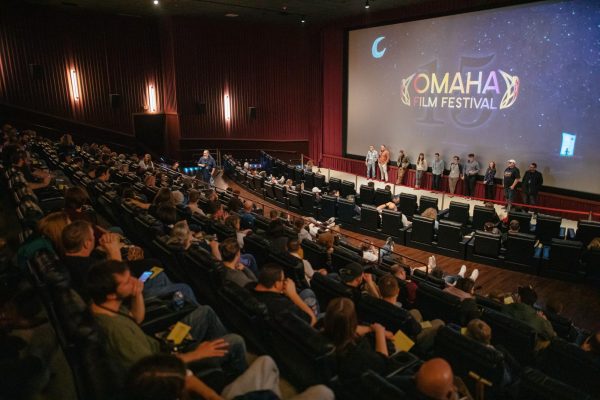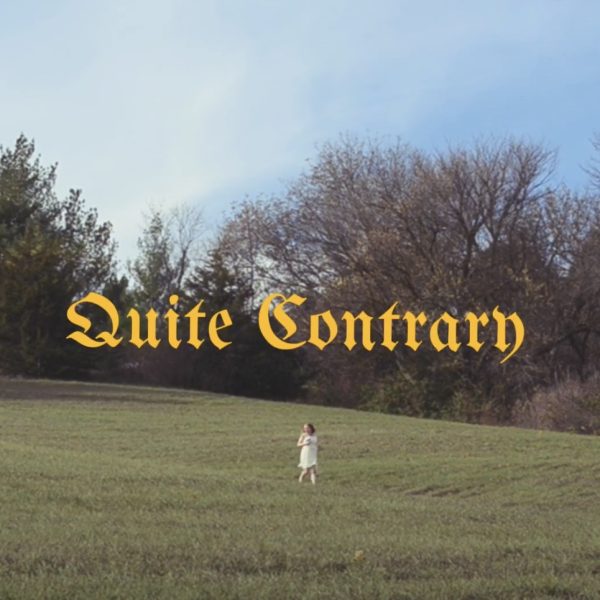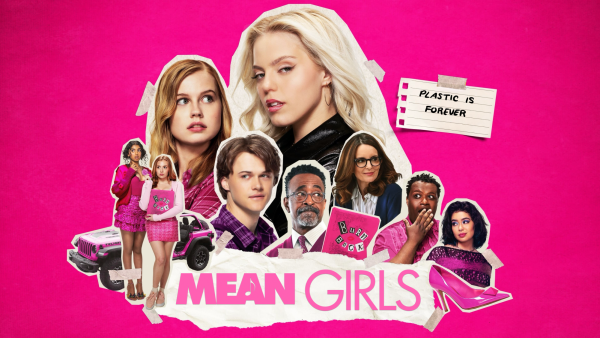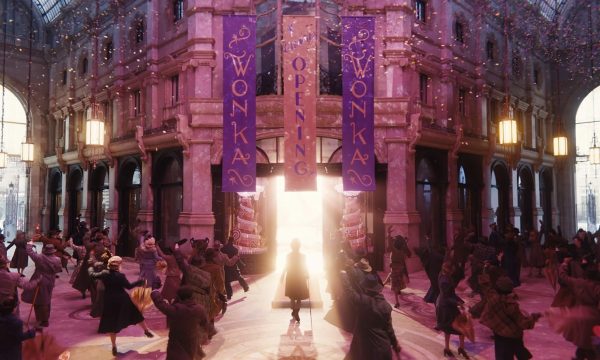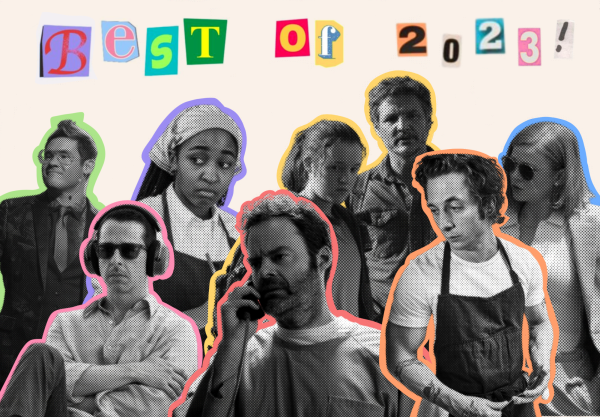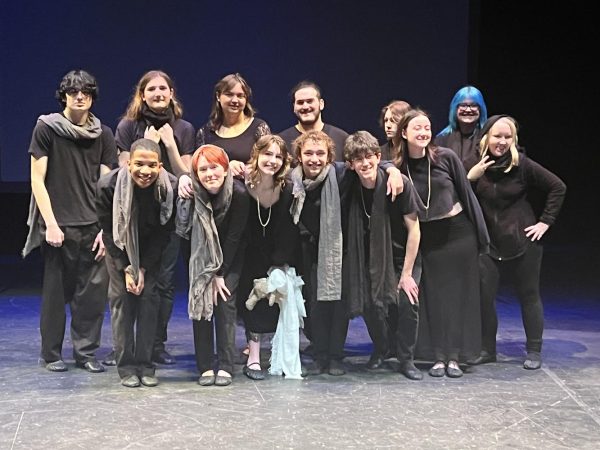Last Night in Soho – Spoiler Review
Sandie (Taylor-Joy) and Jack (Smith) in 1960’s London.
Ellie (Thomasin McKenzie), a young girl who is passionate about fashion design, is mysteriously able to transport back to the 1960’s when dreaming. Here she encounters a dazzling wannabe singer named Sandie (Anya Taylor-Joy). However, the past of London is not what it seems, and time seems to be falling apart with shady consequences.
“Last Night in Soho” is something distinctly new from director Edgar Wright, but it isn’t exactly better than his other works. Wright’s most recent film is a detracted genre piece, unlike anything he’s ever done before. “Last Night in Soho” chooses substance over his traditional comedic style, shown in “Shaun of the Dead,” “Hot Fuzz,” “The World’s End” and “Scott Pilgrim vs. The World.” It’s much more in line with “Baby Driver,” just nowhere near as good. In fact, the only movie of his I would hold his newest above is “The World’s End.” By saying this is tied for Wright’s worst film is not at all saying the film is bad, Wright has a near-perfect résumé. Wright’s expertise is in the humor that made him famous with his “Three Flavours Cornetto” trilogy (“Shaun of the Dead,” “Hot Fuzz,” “The World’s End”). By decreasing the humor and increasing the thrills and tension made the product much more original, and that was the only way this story could’ve worked well. The first half of the film is excellent and is energetic when we are transported to the past, but the second half tries too hard to impress. It gets too complex during the latter, and his direction loses its grip on cohesive storytelling and results in a rushed final act.
Thomas McKenzie has never had a leading role – outside of stealing the show in “Jojo Rabbit” – but her personality fit the wildly likable character of Ellie and made it all the more interesting to follow her through past and present. Ellie’s role as a student who is ambitious to be a fashion designer holds no repercussions on the central mystery of having visions of a girl named Sandie living in the 1960’s, as well as what led to her murder. It bugged me how much screen time was lent to developing the fashion world and how it was never justified (aside from the happy ending of her succeeding in this field). Sandie’s look influences Ellie’s work, but it’s not very influential. Ellie’s character overall has minimal development; the plot mainly focuses on the story of a pretty blonde singer and dancer in the 1960’s.
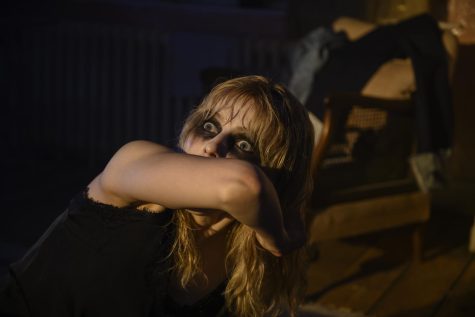
This past year has blown Anya Taylor-Joy into a top-tier actress, and it’s mainly because of “The Queen’s Gambit,” which I have yet to watch. Her vocal performance is gorgeous, particularly when singing her downtempo version of Petula Clark’s “Downtown.” Not only that, her attire throughout is consistently stunning. I liked the “reflection” scenes between Taylor-Joy and McKenzie shown in the trailers quite a bit, but that’s just it; most of them were shown in the trailers and the film didn’t have much to offer beyond that. The lengthy and seamlessly edited dance sequence when we first enter the 1960’s is undoubtedly the best-filmed scene in the movie.
Diana Rigg initially has a throwaway role that turns out to be one of the best posthumous performances ever. It’s unlikely, but the revelation that she is the present-day version of Anya Taylor-Joy’s character, and explaining why she killed all of those men that tried to take advantage of her back then, is wild enough to be her “Oscar scene.” However, it’s a bit too on the nose to score her a nomination. Aside from that, this was a great note of passing in Rigg’s life.
Many of the male roles in the film are fairly bland. The extent of both Matt Smith’s Jack and Terrence Stamp’s Lindsey is pure misogyny. Each of them has a lot of fun with their characters, ultimately with very little meaning. The trailer made it seem like Stamp was playing a present-day version of Smith’s character, who was shown to have killed Sandie. However, in reality, the twist reveals it was the other way around. Once Stamp was identified as a present-day version of a blink-and-you’ll-miss-it cameo character played by Sam Claflin, I knew the direction the finale would be going in. The twist of what happened to Jack (being killed by Sandie) was significantly less predictable, as I somewhat figured out where the film was going when Diana Rigg’s character was introduced.
The 1960s aesthetic of the film is outstanding and the most cinematic, appealing and overall most enjoyable part of the film. I enjoyed the retro music, which is a big topic in the film, direction, how these scenes were filmed and the integration of neon colors. The way the scenes distinguished between present-day and the past showed how significantly more thought was put into the film’s craftsmanship.
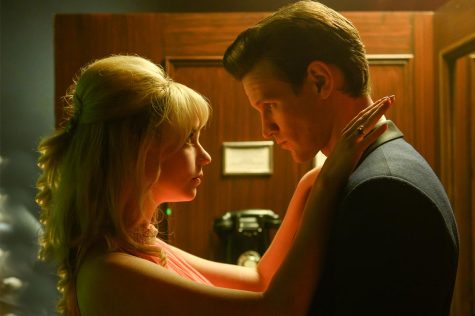
Edgar Wright’s handling of horror feels so separated from what we’ve seen him do over the years. Going completely bonkers by inserting ghosts of the men that Sandie killed who were running around chasing Ellie as antagonists didn’t feel like the best way to go. He’s used horror before – by intertwining it with comedy – here, while not leaving you jumping out of your seat with the repetitive and messy scares, the single genre is hard for him to handle on its own. The third act is the weakest of the film because it tries a bit too hard by leaning way too far into the tense aspects, and it felt more rushed. Not only that, but the final twist reveals there truly was no conflict aside from creepy, older (now dead), white guys all along. Regardless, Wright’s unique ideas are a major pro to this film’s handful of cons.
Final Grade: B
Your donation will support the student journalists of Omaha Westside High School. Your contribution will allow us to purchase equipment and cover our annual website hosting costs.

Howdy, my name is Brandon Siedlik! I am a staff writer for Westside Wired this year. I am currently a senior and this is my second year on Wired. A fun...


